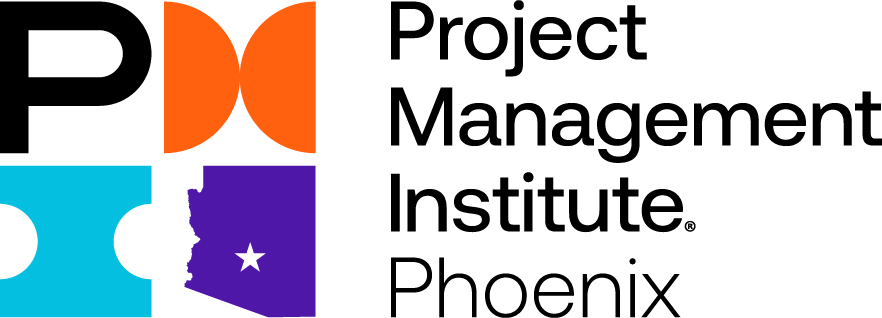Marissa Akins works as a project manager for ASU and has led the peer network. What has kept her inspired is her many influencers and she feels strongly that "variety is the spice of life and you can draw your inspiration from a multiple of sources. Keep trying it and do something differently so you dont get stuck. Avoid the delimina of not exploring everything, analysis paralis, so just pick something and try it knowing it might not work out. You will have something you can use and keep adjusting until you get closer to the ideal in your vision."
What prompted her to volunteer? Marissa attended study group three times. Once in-person, once at the start of the pandemic before the life of teaching children at home with virtual learning and then a final time since she postponed her test which she passed in September 2020. Marissa enjoyed this the facilitation role because connecting with people who are interested in the same path I decided on is exciting. There is SO much to share and prepare for and there’s likely someone in the same situation that you are in that may really benefit from connecting with you. Marissa Akins words of advice, "just do it! You’ll never regret helping to support someone achieve their goals."
In getting to know Marissa, you will find that she is passionate about fitness and hiking, both allow her to free her mind of concerns, enjoy nature and to grab some me time. She is also passionate about spending time with her family and enjoys their social time. arissa's personal motto is say what you mean, mean what you say, and do what you said you are going to do.
Marissa is currently reading, Courageous Cultures. It’s a great read, but be ready to make waves in your organization if you take this one on; otherwise, you may just end up discouraged. She looks up to people who do the hard things for inspiration and as her heros. Why? We’re all at different places in this journey so find yours and build a network.
Her colleges would share that Marissa is committed to their well-being. She always has the project objectives in mind, but if you take care of your team, they’ll take care of the project. Marissa's business advice, "just try it! A lot of times we spend so much time deliberating over something or delay by discussion and we can really take that time and energy and put it towards a small-scale prototype of what we’d like to accomplish and learn from that experience."
